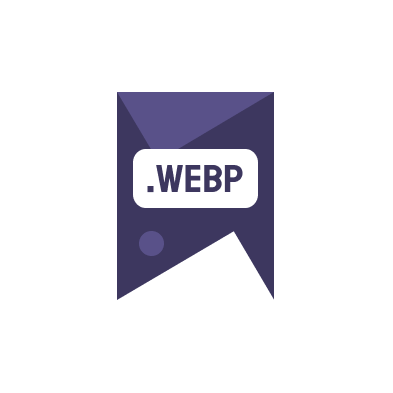When it comes to optimizing website images, the convert images to WebP format is a topic that garners significant attention. WebP, a modern image format developed by Google, offers superior compression and quality characteristics compared to many older formats. But converting images to WebP comes with its own set of pros and cons.
Advantages of Converting to WebP
- Better Compression: WebP images are up to 25-34% smaller in size compared to PNGs and JPEGs which helps in faster webpage loading.
- Improved Loading Times: Due to their smaller size, WebP images load faster, improving user experience and SEO rankings.
- Support for Transparency: Like PNGs, WebP supports transparency, making it a versatile choice for various web graphics.
- High-Quality Animation: WebP also supports animation, providing a good alternative to GIFs with much smaller file sizes and better quality.
Drawbacks of Converting to WebP
- Browser Compatibility: Some older browsers do not support the WebP format, which could limit accessibility for some users.
- Conversion Effort: Converting existing images to WebP requires additional steps in the web development process, potentially increasing workload.
Incorporating Image to webp online free tools can greatly facilitate the conversion process. Websites like ConverterWebP.com offer easy and efficient solutions for converting images to WebP format. Furthermore, regularly checking your website’s speed and performance, such as through tools offered at PageSpeed Insights, can help gauge the impact of your image optimization strategies.
While there are significant benefits to adopting WebP, it’s important to consider the potential inconveniences and compatibility issues. Deciding whether to convert images to WebP largely depends on your specific website needs and user demographics.

